Users have been asking for this change for years - and they have been waiting for it. Sony RX100 VII - first impressions
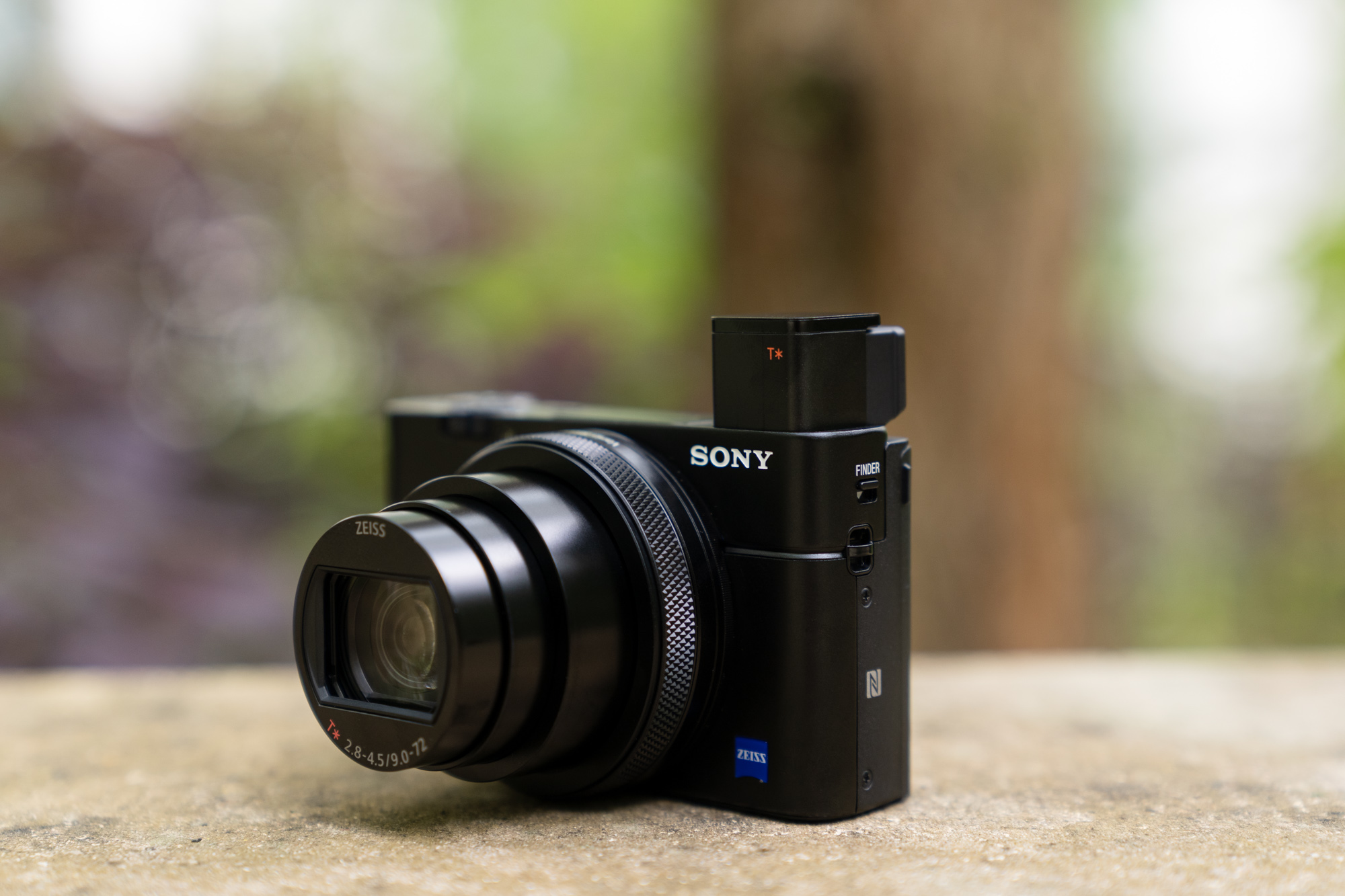
For six generations the Sony RX100 has been considered one of the best compact cameras on the market, and the previous version was so good that it was not known what could be improved, by jumping the high set - but the Sony RX100 VII did it.
At the beginning I will say straight: the Sony RX100 VII is so slightly different from the Sony RX100 VI that I may as well now send you back to the review of Marcin Połowianiuk from last year , and you will learn from it 90 percent. what you need to know about the new Sony camera.
We are still dealing with the same 1-inch CMOS sensor EXMOR-R BSI with a resolution of 20.1 megapixels and a 24-200 mm lens (in full frame equivalent) with a brightness of f / 2.8-4.5. So if someone was counting back for a brighter 24-70 mm from previous generations - I'm sorry. Sony does not look back.
We are still dealing with the same construction, which in the event of assault can be used as a blunt weapon - it is without a doubt one of the more solid compacts on the market. The touch screen still has a 3 "diagonal, we can still rotate it 180 degrees, and the OLED retractable viewfinder still has 2.36 million pixels and is still used excellently for such a small structure.
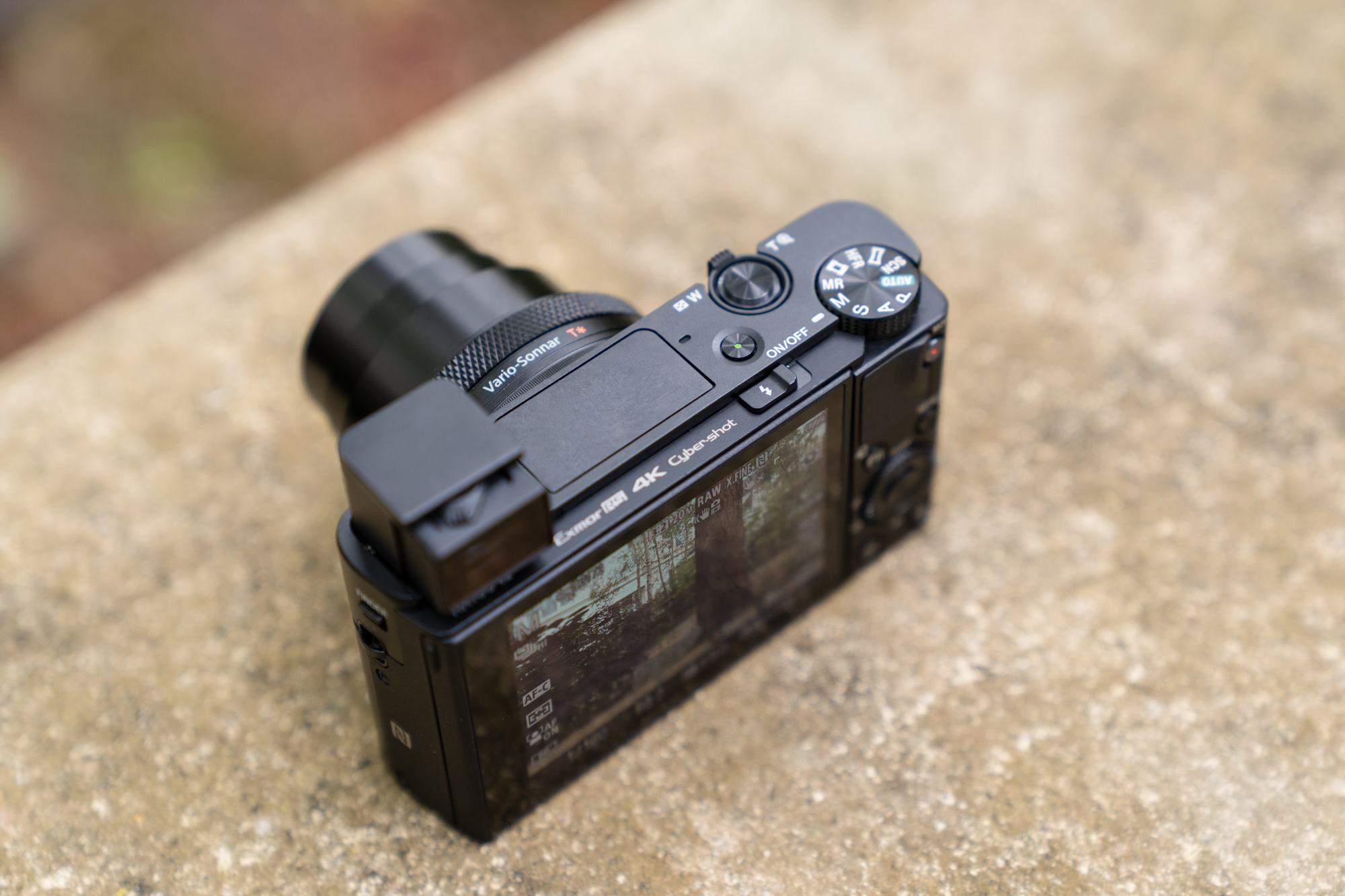
In fact, from the visual side the Sony RX100 VII differs from the VI version with only one detail - a 3.5 mm microphone socket.
Vlogger modules from around the world have been heard and finally, after six generations of waiting, the Sony RX100 offers a microphone input. There is only one catch - the camera still does not have a hot shoe, so to connect the microphone is necessary adapter / cage with a cold foot, to which we attach the microphone.
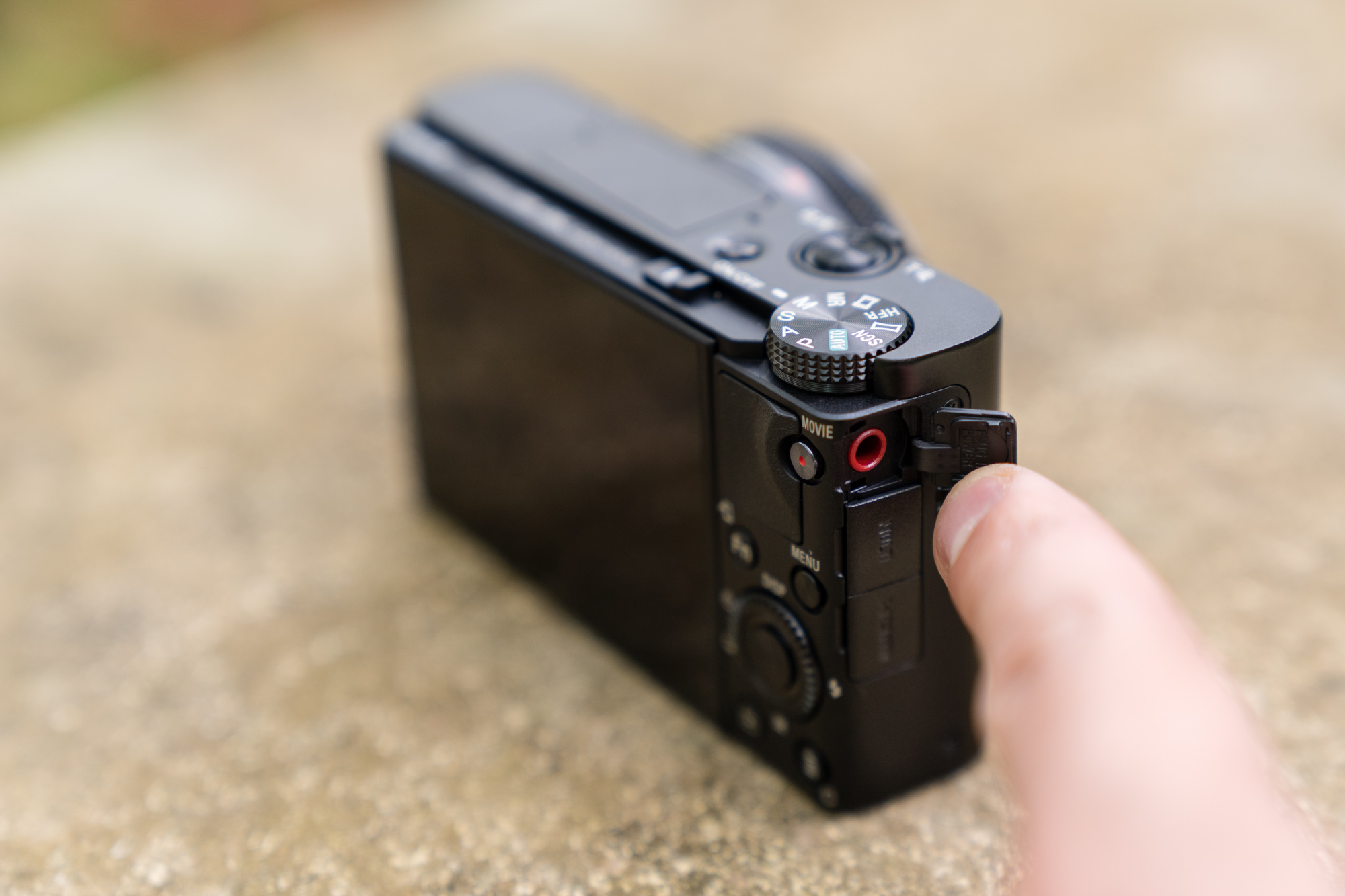
I do not doubt, however, that this small change will make the crowd of online creators joyfully reach for the Sony RX100 VII, especially that in the context of vlogging this little miracle has another ace in the sleeve - automatic recognition of vertical video recording. Perfect for recording high quality Insta Stories.

Add to this improved image stabilization, flat S-LOG profiles and HLG recording, and we have an excellent, handy camera for video recording.
The rest of the differences are hidden inside the new compact.
The most important of these is autofocus, which Sony modeled on the professional Sony A9 mirrorless . We have 357 fields to use, covering 68%. the focus is set in just 0.02 seconds.
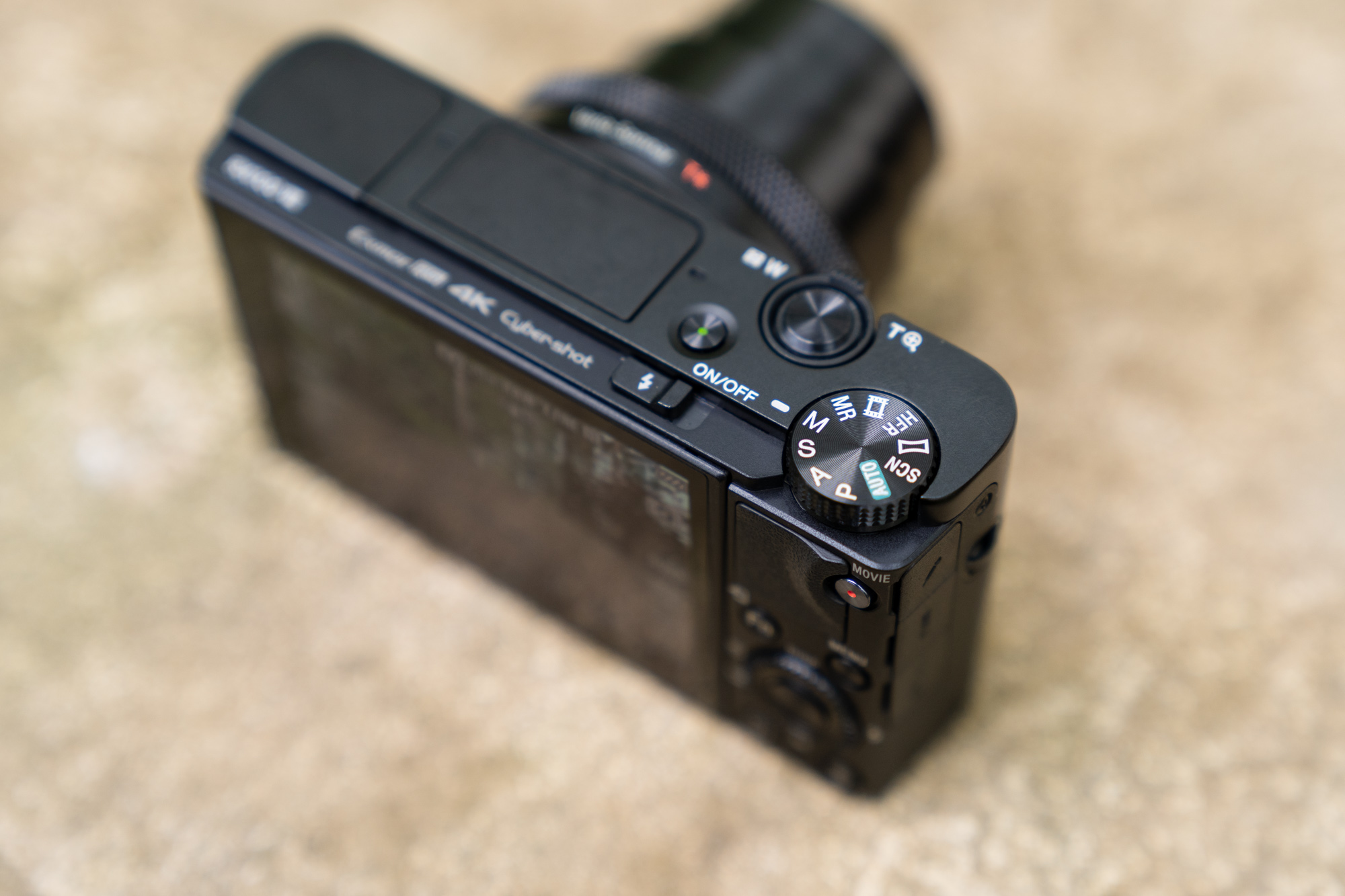
What's more, the Sony RX100 VII also hit the "killer-feature" of Sony A7R IV , which is eye-AF for animals and people both during shooting and during video, with continuous tracking. I only had a moment to play with the camera, but what autofocus did at the time was really impressive. Another point for which the RX100 VII has a chance to become the favorite compact camera of network video creators.
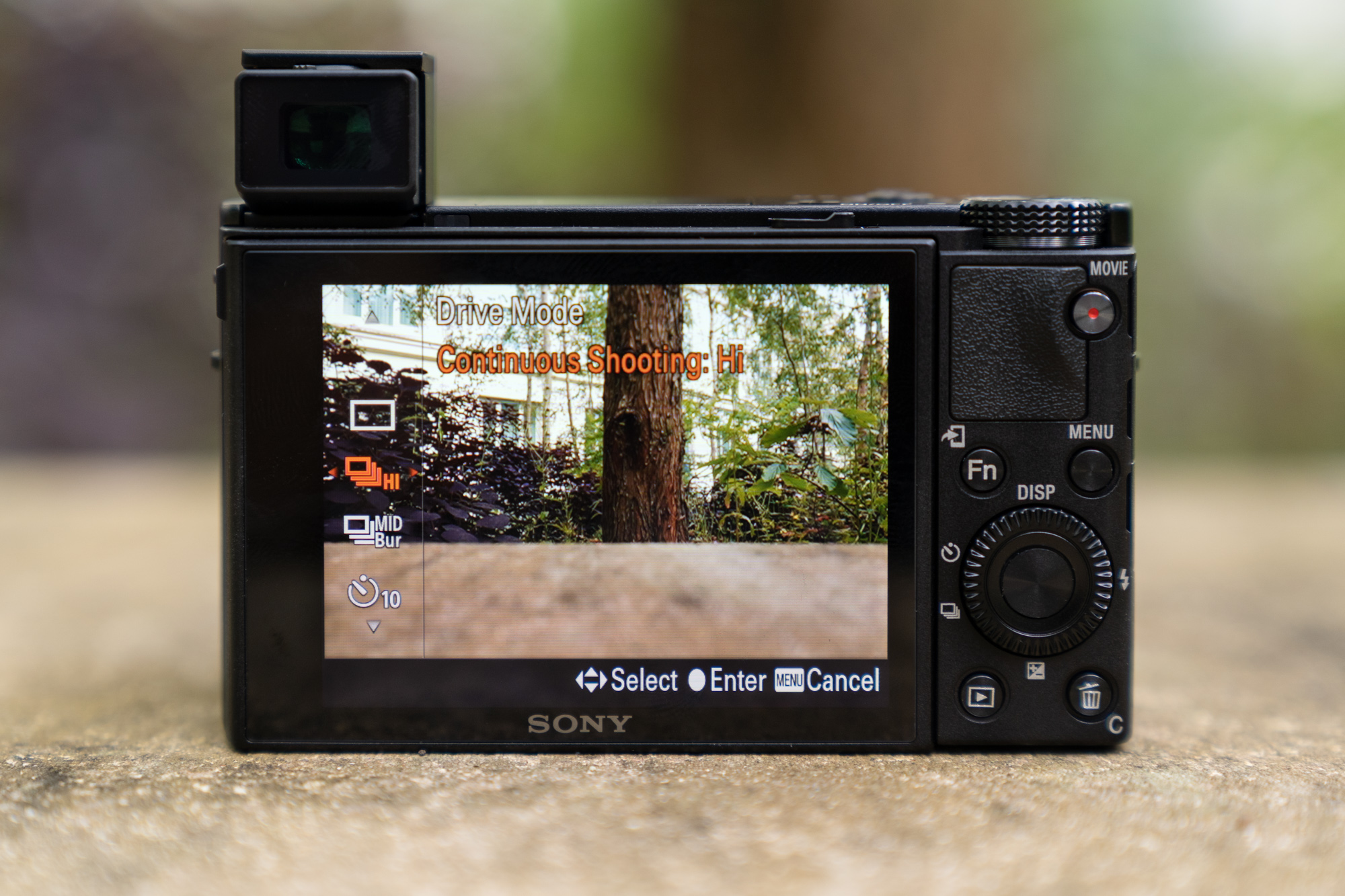
The rate of fire was slightly affected by the changes, if at all you can speak of a super-fast-shot compact in this context. Just like last year's model, it offered 24 frames per second with a continuous AF, so the RX100 VII offers 20 frames without a blackout. There is also a new single burst shooting mode available to the users, in which the camera takes as many as 90 photos in a series, but saves only 7 shots from it, which then intelligently suggests the best.

In other words, the Sony RX100 VII in terms of rate of fire and accuracy of shots is a miniature Sony A9. Damn impressive, considering the filigree dimensions of the compact.
How is it photographed?
Well ... the same as the Sony RX100 VI. Literally identical. Nothing has changed - the buttons behave exactly the same, the screen touches exactly the same, the interface still has the same complex menu, and the lens still slides a little too slowly.
Nothing has changed from the quality side - in good light Sony RX100 VII produces fantastic results, which are hard to believe that they were produced by just a 1-inch matrix.
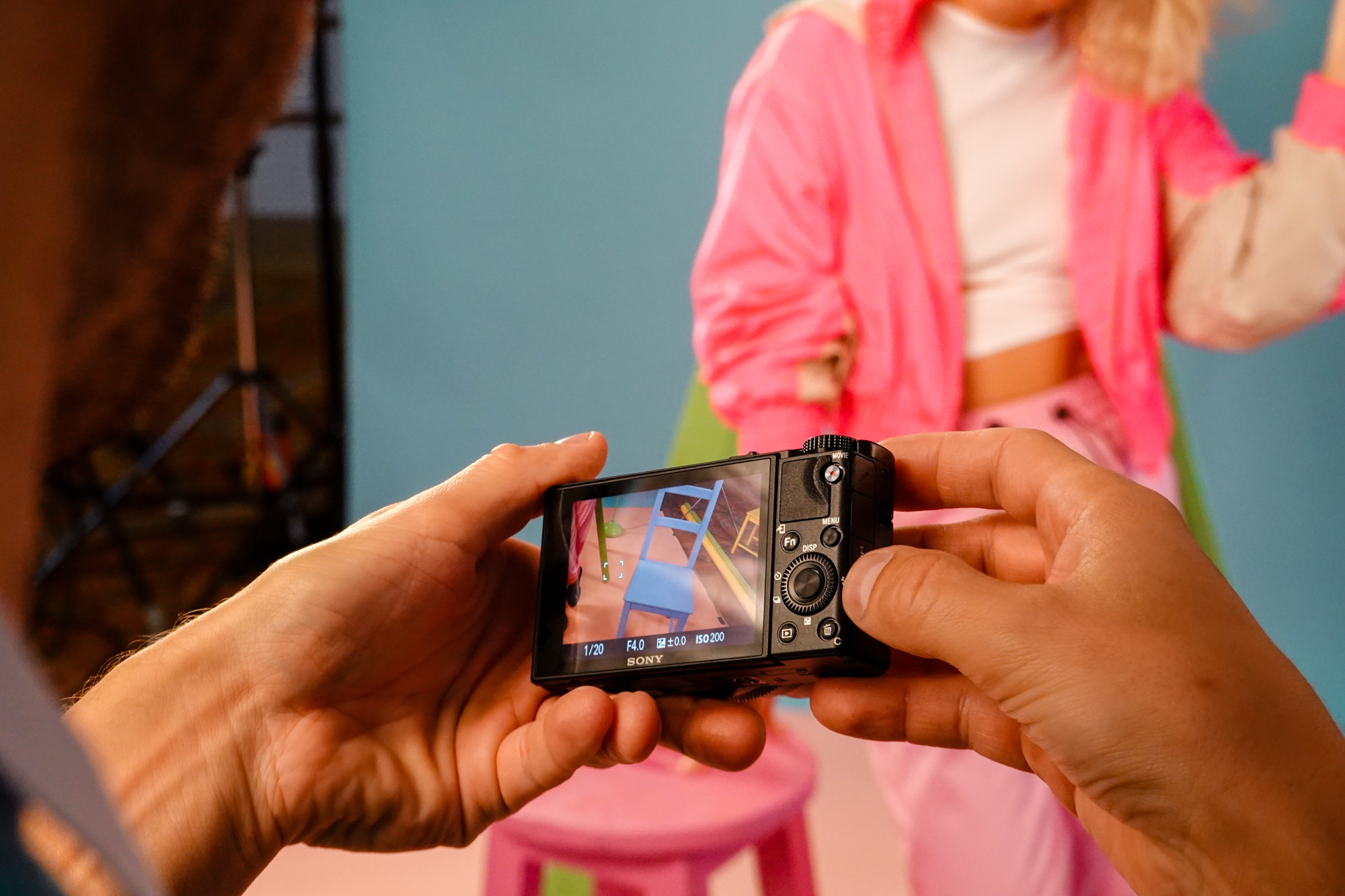

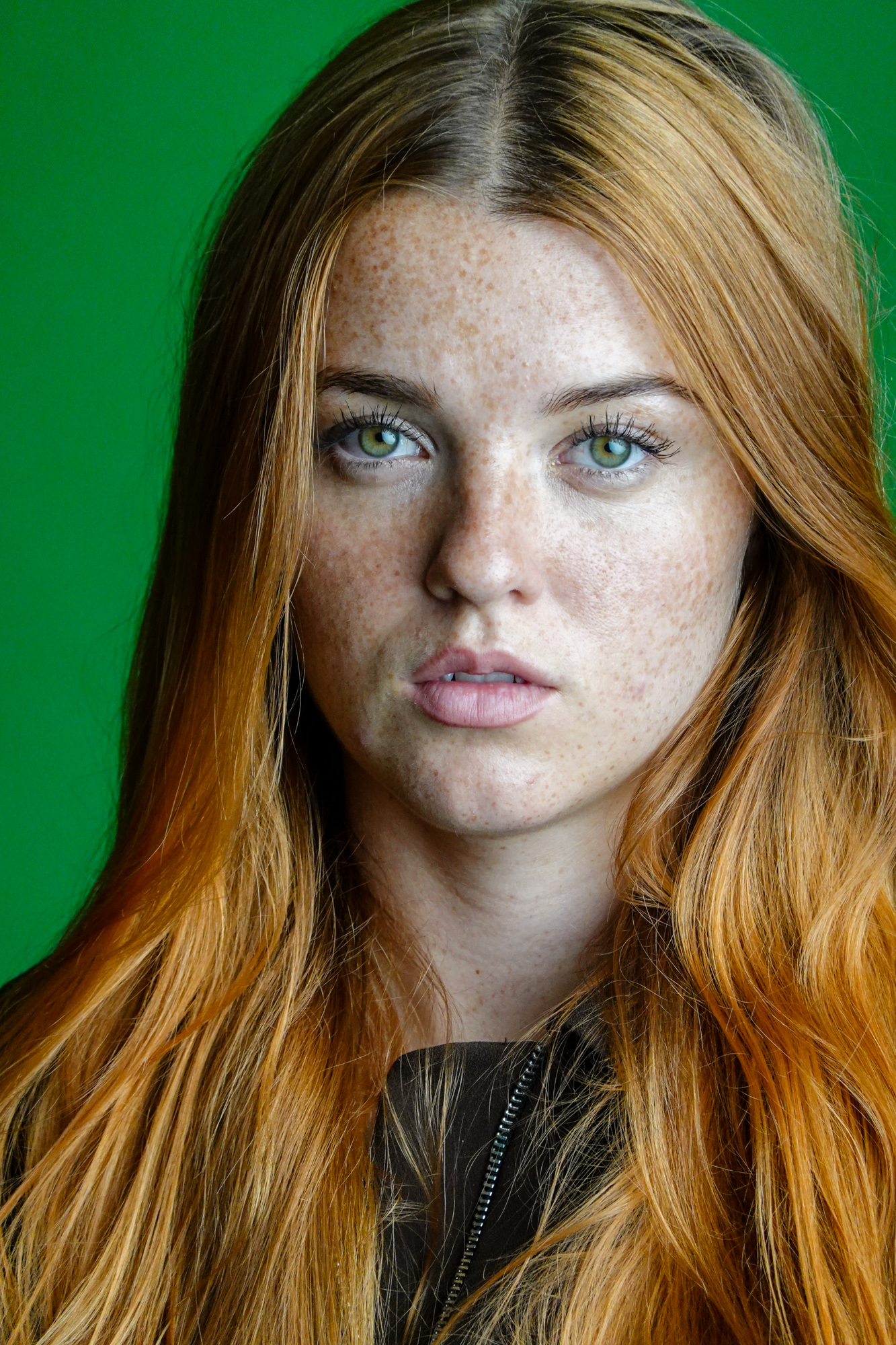
However, he soon lacks light. At f / 2.8, we can basically only count on the widest angle. Just pull the tube to 35 mm, and the aperture already drops to f / 3.5. At 50 mm it is just f / 4.0. Very poorly, if we remember how great the previous lens used in the RX100 series was 24-70 f / 1.8-2.8.
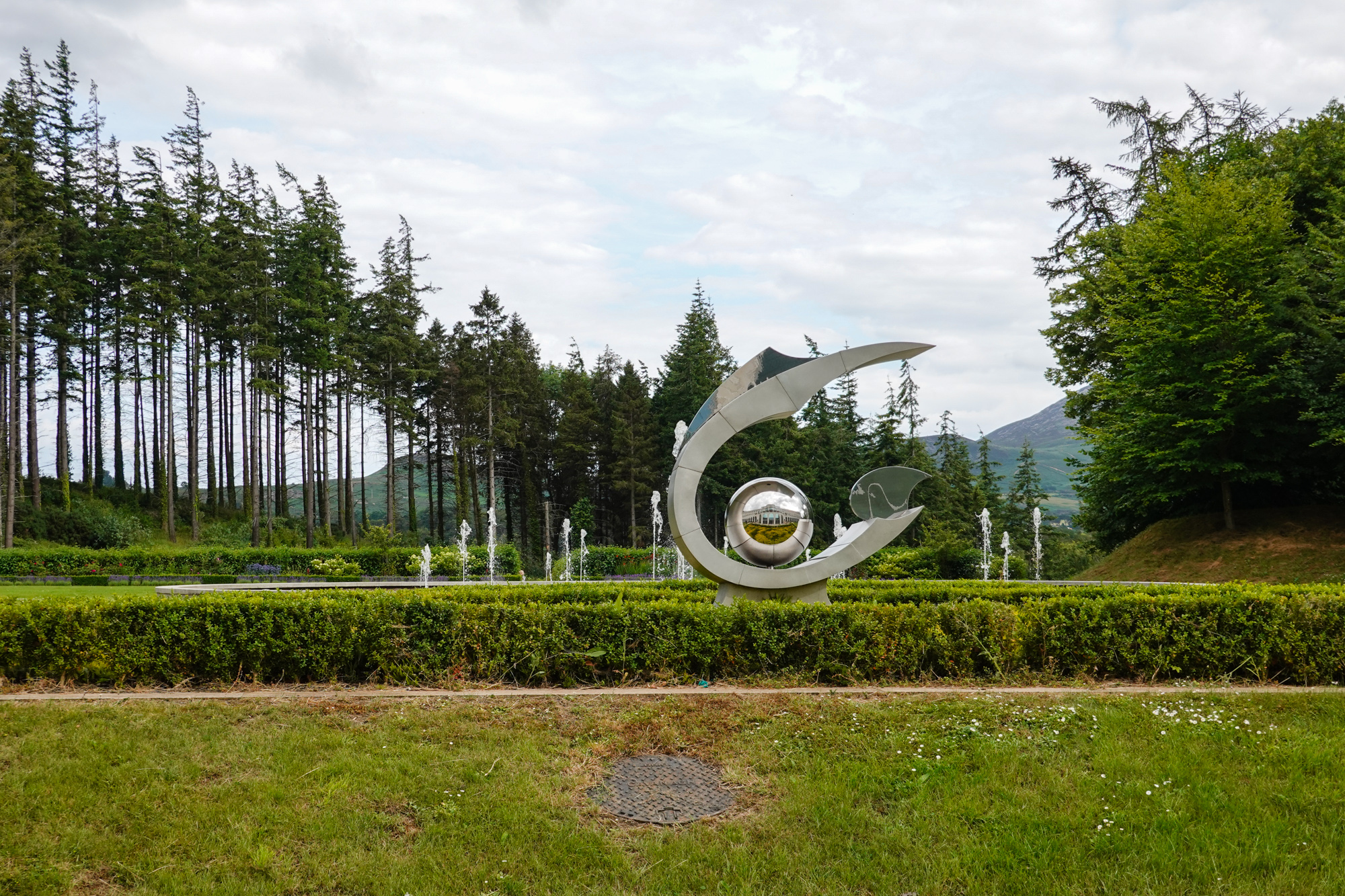
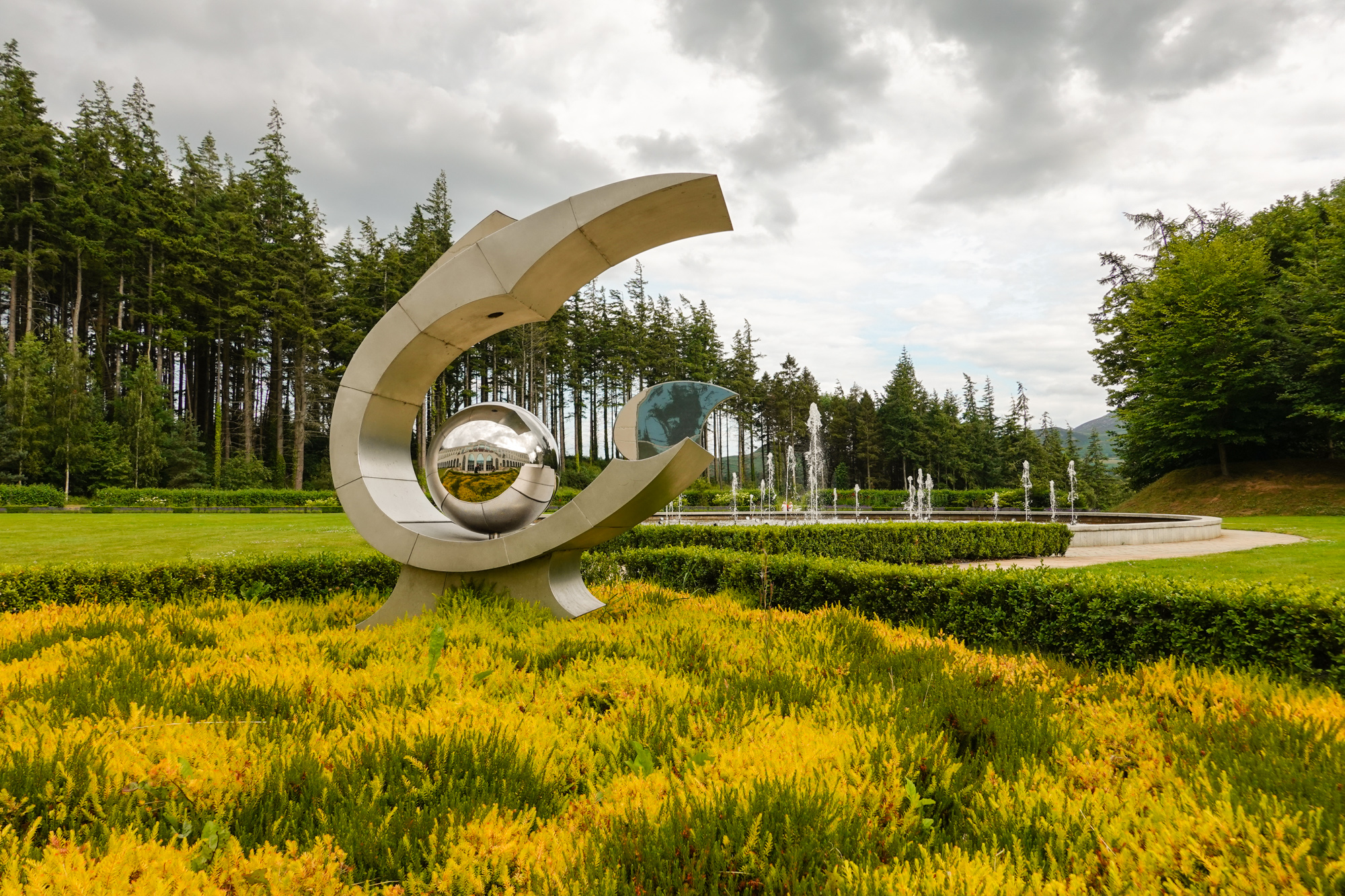
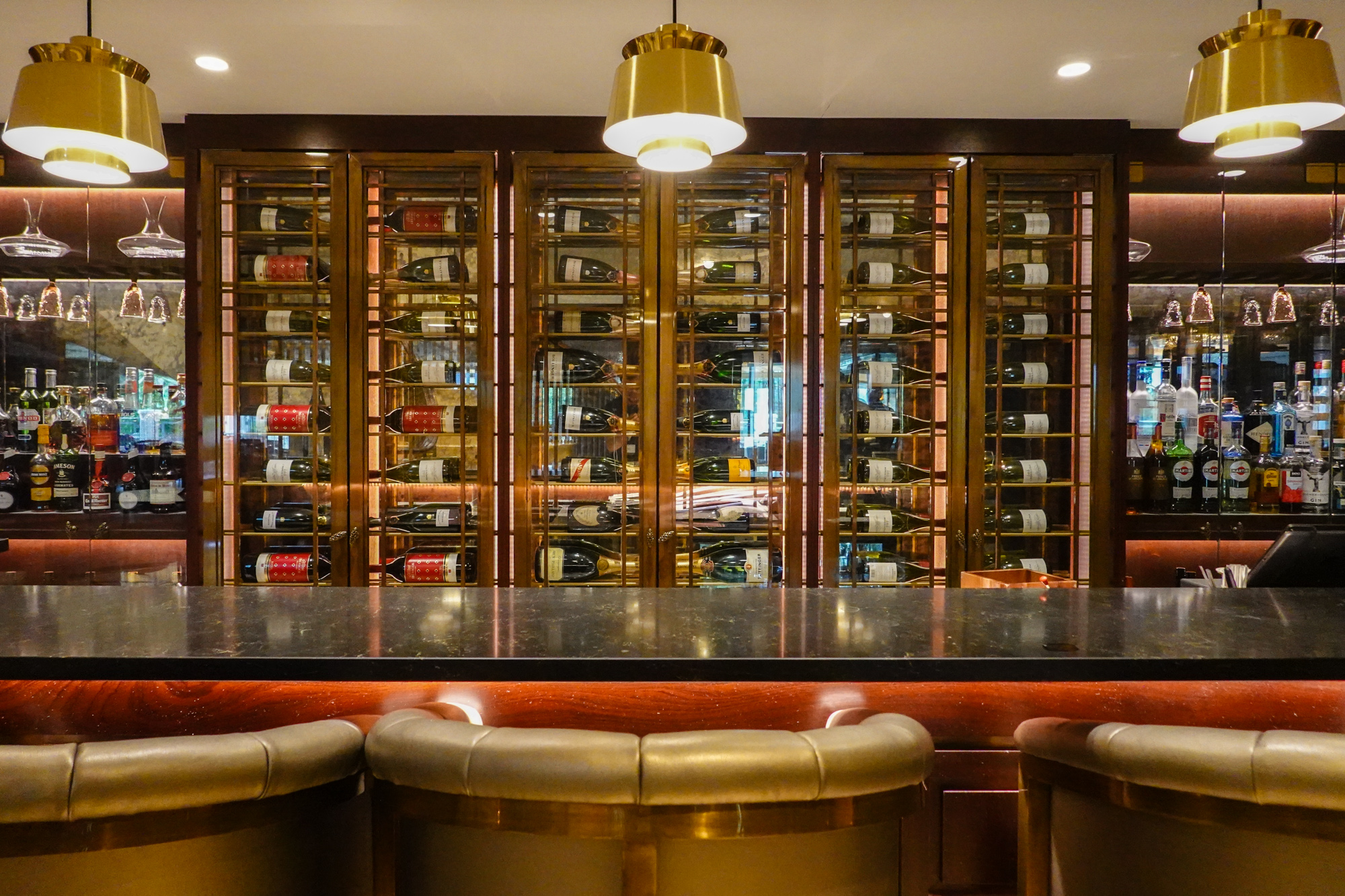
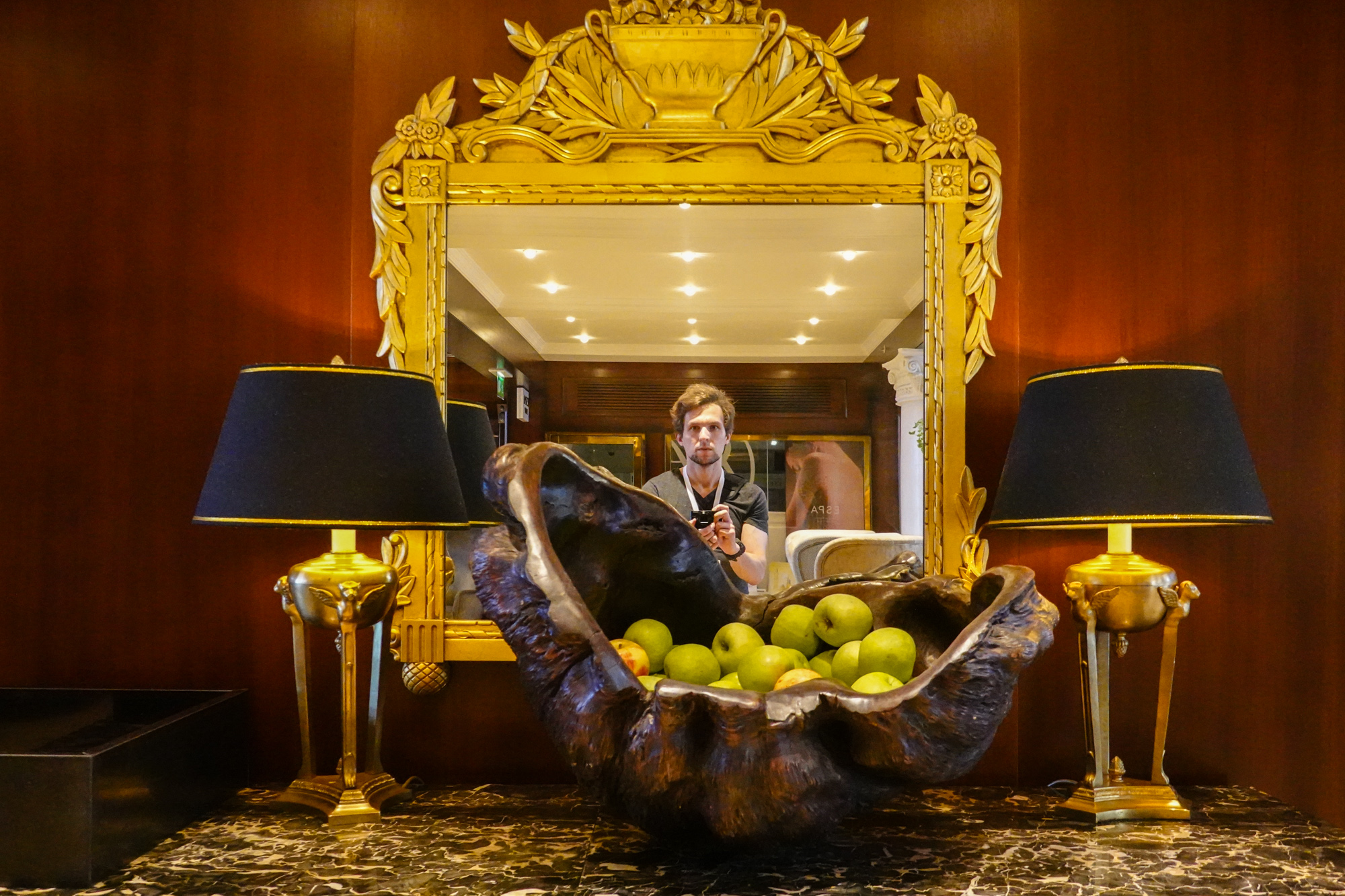
However, as long as we do not exceed ISO 1600, it is difficult to attach to the detail or reproduction of the colors of photographs taken with this camera. Gently processed JPEGs (at the time of writing this text RAWs are not yet supported by programs for processing) are successfully suitable for publication on social media. This is not, of course, the level of professional full-frame cameras or even APS-C, but a significant step forward in relation to what our smartphones offer. With one exception: HDR.

Computational photography has advanced on smartphones much further than in compact cameras. This is especially visible in scenes with high contrast, especially in x-rays. In such a photo, most of the smartphones from the high price range would easily have mastered the window, while retaining the full detail in the shadows. Sony RX100 VII, unfortunately, fails, at least in JPEGs. Perhaps in RAW, it will be better, but even if - the RX100 VII is to be a handheld, compact camera, focused on quick sharing of effects on the web. One would like his computing power to achieve at least the same results as in the new iPhone.
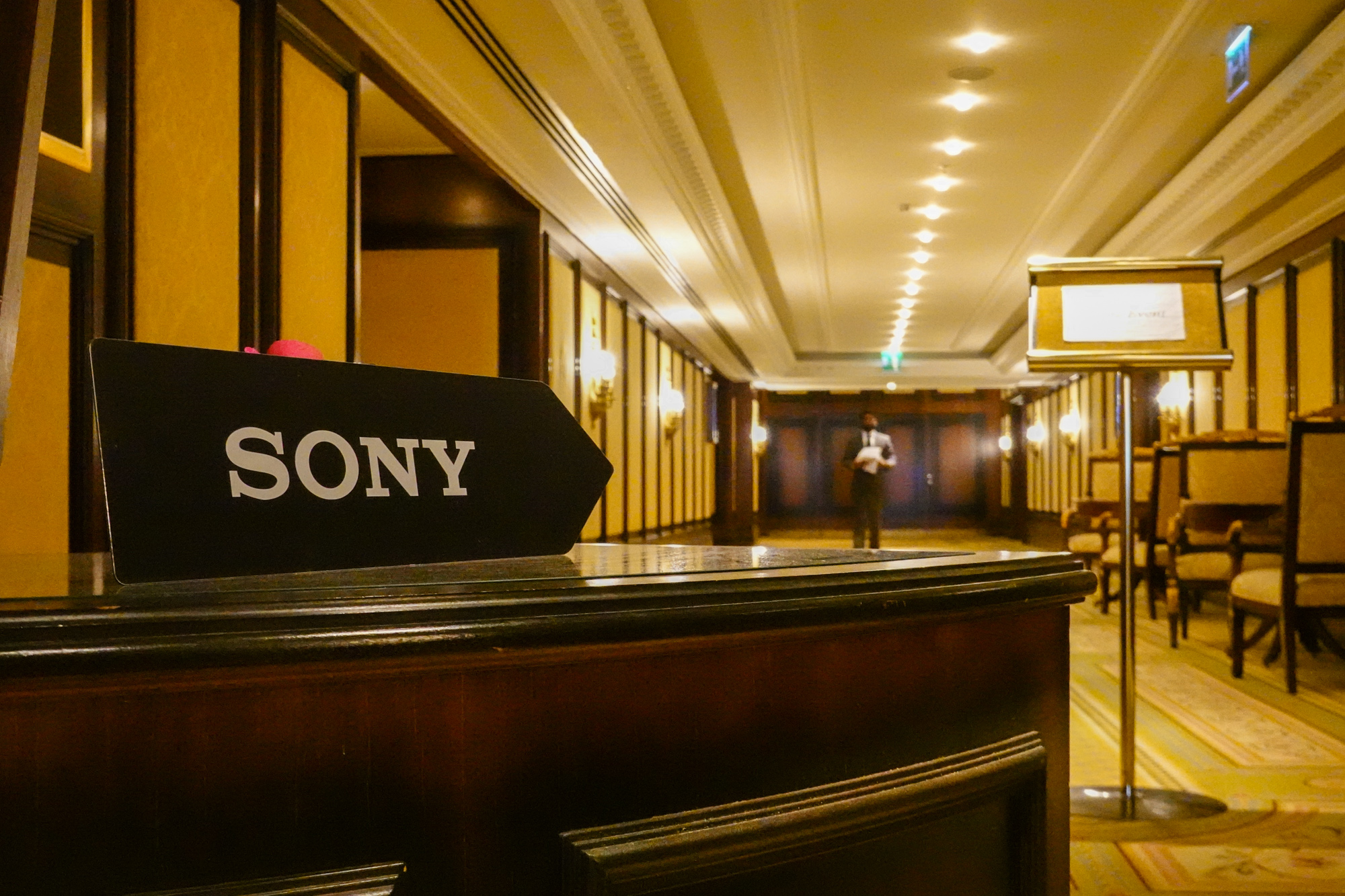
Even without processing, Sony has failed to overcome the limitations of physics. Above ISO 1600, photos start to look bad. ISO 3200 is still acceptable, but the ISO 6400 looks absolutely terrible, what should we expect from a 1-inch matrix.
And since I'm complaining, unfortunately, one thing has not changed with the Sony RX100 VI - the battery. In the previous generation, tiny cells lasted for about 250 photos and the presentation was told directly that the RX100 VII will get slightly worse results. The main culprits of this state of affairs are a new autofocus and more advanced matrix stabilization, especially in video.
During a short walk from the Sony RX100 VII, during which I made just over 50 photos, the battery has dropped from four charge bars to just two. And that does not bode well, although of course the battery's strength will be confirmed only on the occasion of the full review.
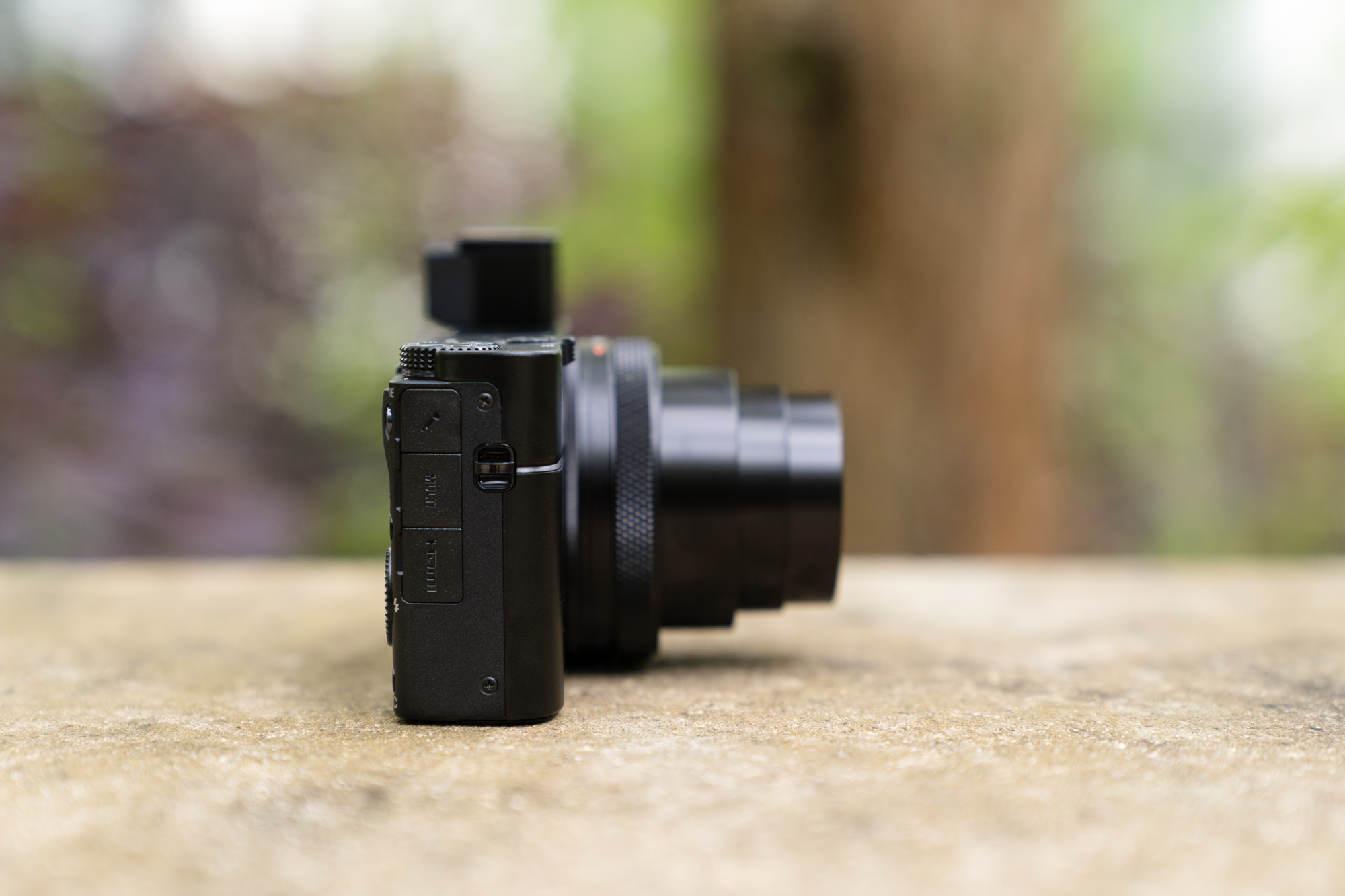
Sony RX100 VII will enter the store shelves in August. Who is this camera for?
Surprise! - Sony RX100 VII should not be more expensive than its predecessor, because as it starts from the ceiling of 1,300 Euro. Its price in Poland should not exceed PLN 5,500.
Of course, it's still a lot, for a compact camera, but given the capabilities of this little giant, I'm not going to complain about it. It's a very niche product, specific, definitely not for everyone. If someone is looking for a cheaper compact - please, one can always buy one of the older versions of the Sony RX100. The seventh generation, on the other hand, has two groups very clearly defined by Sony.
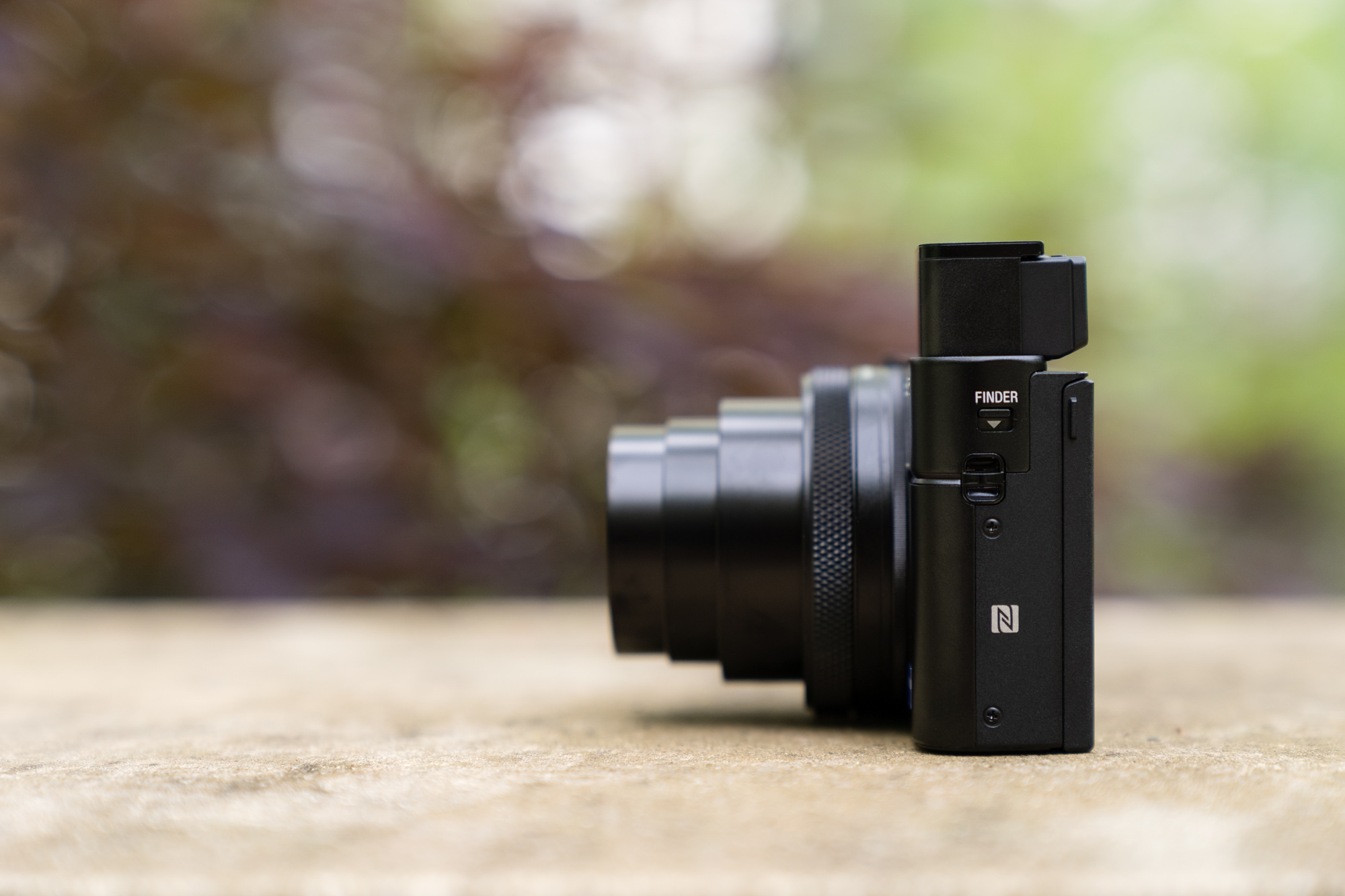
The first one is enthusiasts who want to have everything in one. And the Sony RX100 VII can indeed provide it, because in a small package it offers quite a good quality of photos, autofocus alive removed from the Sony A9 and a number of photographic and film possibilities that may be envied by some of the more expensive cameras.
The second is vloggers, whose comments Sony took especially to heart and based on them developed some improvements in the seventh generation of its compact. The presence of a microphone connector together with improved stabilization, great autofocus and excellent video capabilities will surely attract video makers to the new Sony camera. After all, previous generations of the compact were very often used especially for vlogging; adding a microphone jack is the icing on the cake.
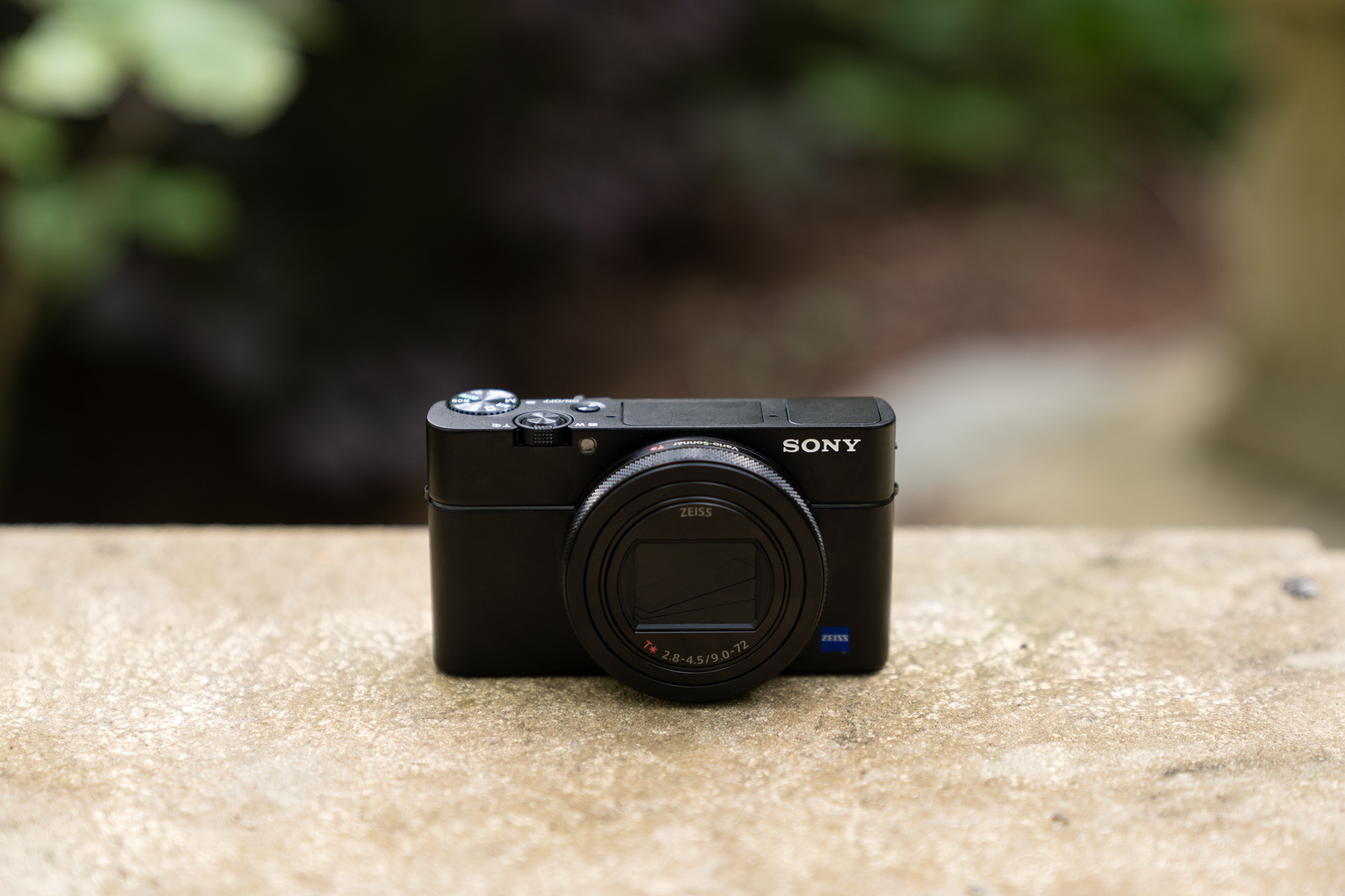
There is also a third group for which the Sony RX100 VII can be an attractive equipment - they are professionals who are used to the speed and capabilities of large, expensive cameras, but would like to have something smaller in situations when their expensive mirrorless cameras are not needed - even on holiday with family. RX100 VII can also serve well as backup, because it is so small that after throwing it into the bag you can forget that it is actually there.
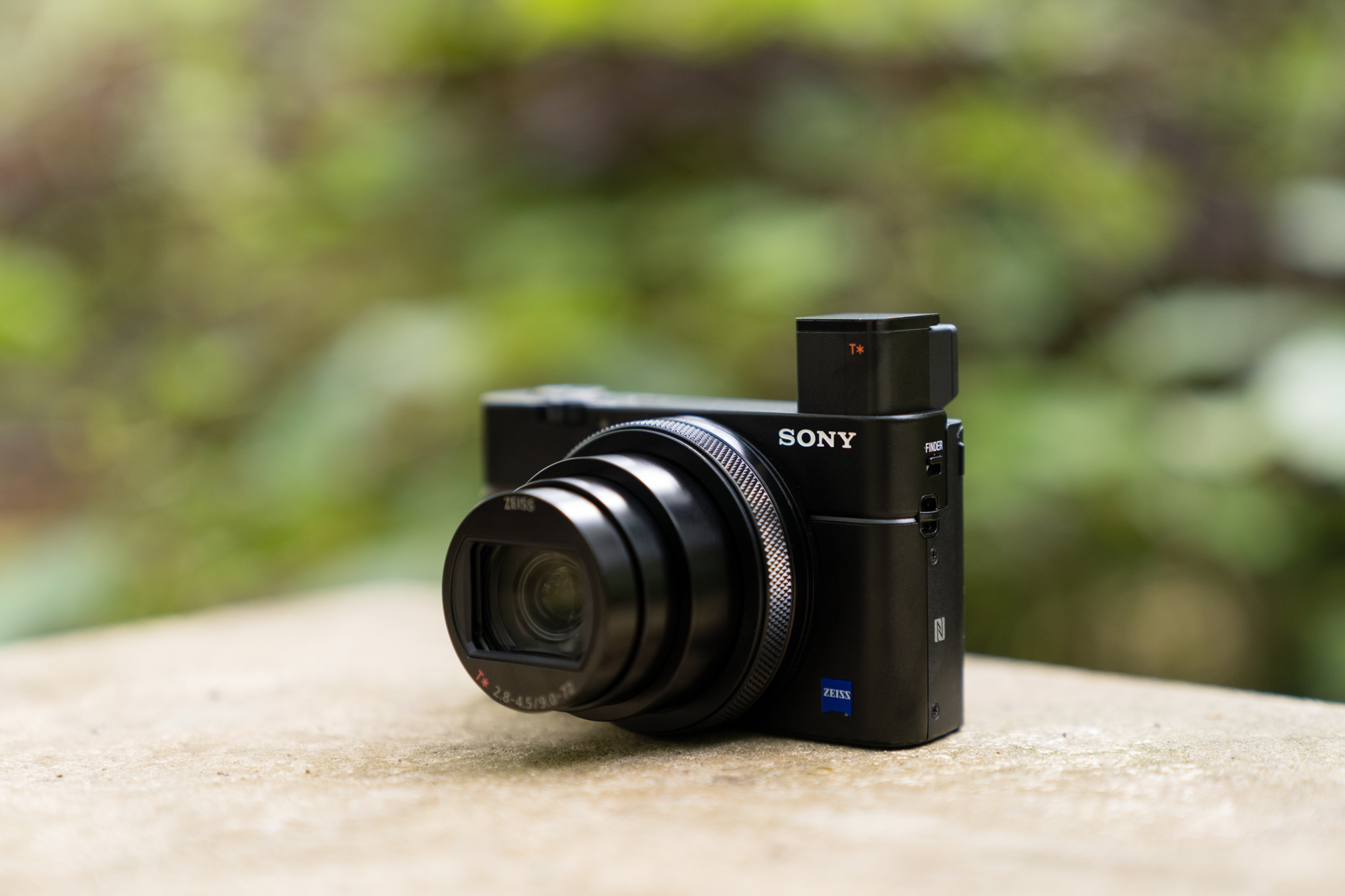
However, it can not be hidden that the Sony RX100 VII is a representative of a dying species. The sale of compact cameras quilts , because the vast majority of consumers do not need a camera any more than the one they wear in the form of a smartphone every day in their pockets.
In many respects Sony RX100 VII pierces even the best photographic smartphones, but is it enough to stay in the market, which the CDs no longer want, or maybe do not even need?
I do not know. But I know for sure that if Sony wants to stand up to this uneven fight, it could not have given a better player than the new RX100 VII.
Users have been asking for this change for years - and they have been waiting for it. Sony RX100 VII - first impressions
Comments
Post a Comment